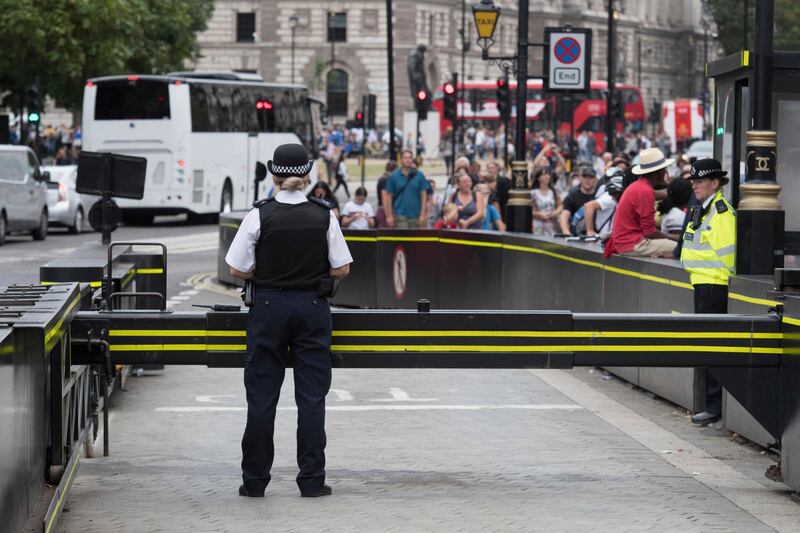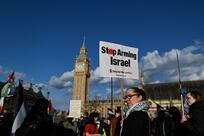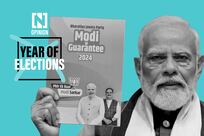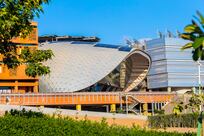The UK authorities are considering turning the area close to the UK’s parliament into a car-free zone after a second terrorist attack in 18 months.
The comments by the city’s mayor and chief of police follows a series of changes to the London cityscape following a rash of attacks in 2017 with terrorists using vehicles as weapons to ram pedestrians.
A 29-year-old was being held by police on Wednesday and questioned for attempted murder and terrorist offences. The man, named by media as Salih Khater a Briton originally from Sudan, crashed into a security barrier outside the parliament.
His Facebook profile said that he studied in Sudan before working in a shop in Britain, but gave no indication of any extremist views. The page was taken down later on Wednesday.
Three people were injured as the car was driven through a group of cyclists on Tuesday morning. Officials said that the man had driven from his home in Birmingham and toured the Westminster area for more than 90 minutes before the crash.
_______________
Read more:
[ British Taliban bomb-maker sentenced to life in prison ]
[ Man arrested after crashing car into London parliament barriers ]
_______________
Security was increased at the 19th Century British seat of democracy last year after Khalid Masood, a British-born terrorist, mowed down pedestrians and then stabbed a police office, killing five. A group of three men less than three months later used a van to mow down tourists on London Bridge before stabbing revellers, leaving a total of eight dead.
The Palace of Westminster is vulnerable to attack with the buildings bounded by roads and the River Thames on three sides. Security experts said temporary crash barriers put up outside parliament worked effectively – but it was not a long-term solution.
London’s mayor Sadiq Khan said that he was a long-term supporter of part-pedestrianising the area in front of parliament, which is also close to government buildings, Westminster Abbey and Britain’s supreme court.
Mr Khan said he wanted to make sure “we don't lose the wonderful thing about our democracy which is people having access to parliamentarians, people being able to lobby parliament, visitors being able to come and visit parliament”.
Paul Jeffrey, the chairman of the trade body responsible for anti-terrorism barriers, said that converting the area in front of parliament into a pedestrian-only zone was the only answer to the spate of car-based attacks.
“With all security, you don’t solve the problem you only move it on,” Mr Jeffrey, who heads the Perimeter Security Suppliers Association said. “You see it with embassy protection: you fortify the US embassy and you make the British embassy more vulnerable.
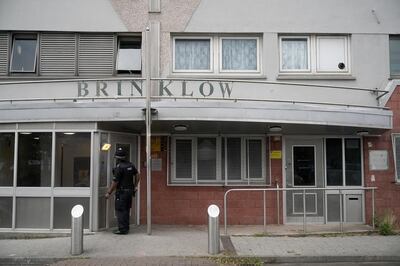
“I’m not sure whether it’s a good thing to pander to the terrorists,” he said.
The head of London’s police force, Cressida Dick, said security around parliament had been increased in recent months and there was “more to come” in the following months with discussions on pedestrianisation in the future.
"As with anything there is a balance to be drawn. Vehicles are on our streets all the time, we have crowds on our streets as well,” she said.
"Terrorists want us to completely change our way of life, they want us to be afraid and they want us to stop doing what we want to do to lead a normal life in the UK.”
